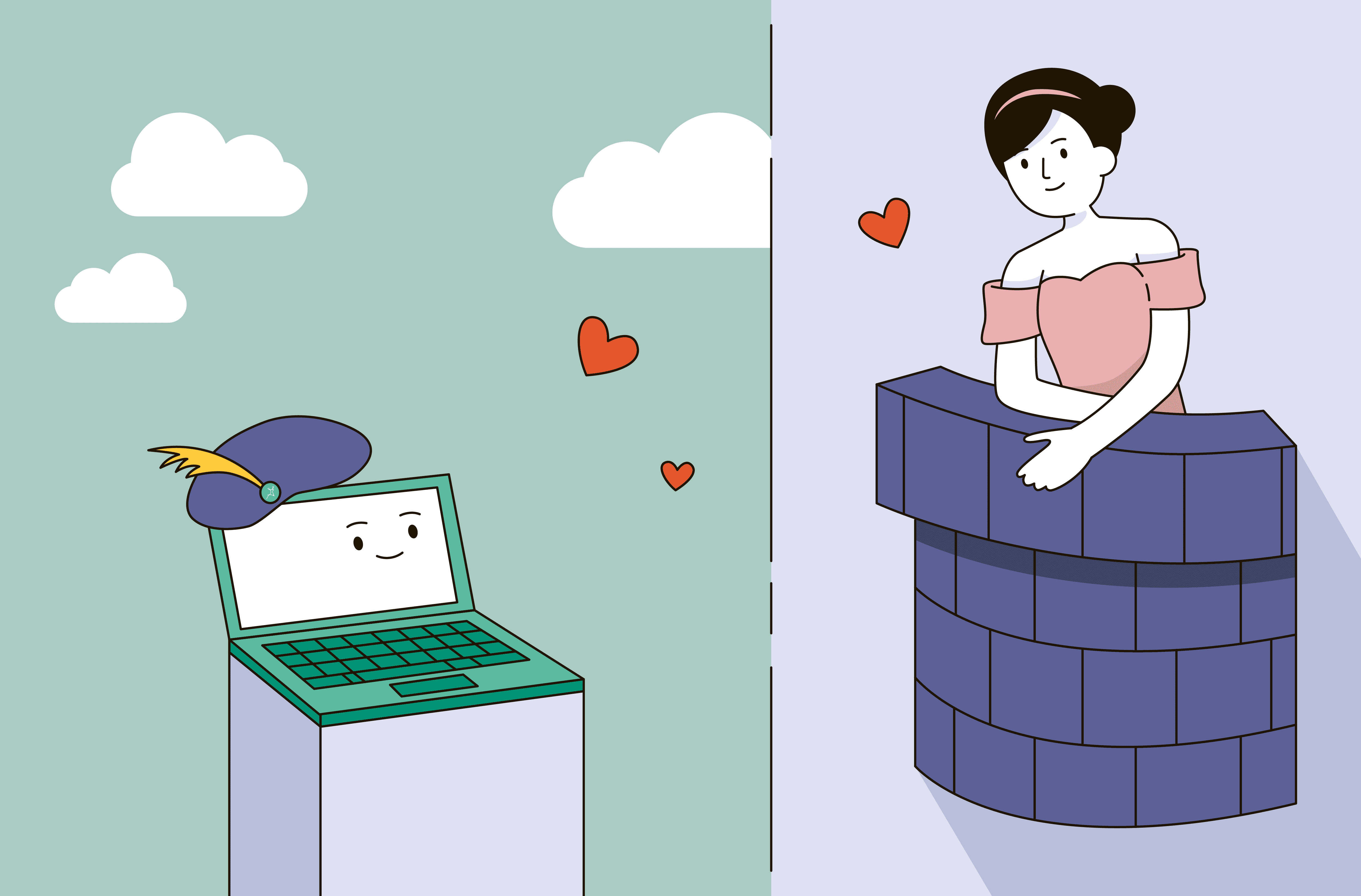4 tips to avoid design copyright violations

A Tiktok account that showed the hands of a person in a car buying goods from street hustlers was featured in the local news. It went viral because they paid for the cheapest items with the largest denomination and let the seller keep the change.
Their teary eyes displayed their gratitude as they accepted the money. It was a truly inspiring deed.
You know what? When I scrolled down to the comments section, people slammed it, saying it was poverty porn and that the account owners were only doing it to grab publicity and followers.
While those may be true, the account owners did not reveal their identities, so we won’t know who’s benefiting from it until we see brands in their videos.
I was just disappointed in some people who, instead of seeing the good in the gesture, chose to see the negative because there was money involved.
But imagine if they did it without the video, without everyone seeing it. Would it have the same impact? Will it inspire others to follow suit?
Does a tree make a sound when it falls and no one hears it?
There was a time when aspiring artists simply posted their work on social media for others to enjoy. As they become famous, more and more people advise them to get it copyrighted or not share it in public to avoid copycats.
It becomes more complicated in the creative industry when you create art that appeals to a large number of people, especially if these people buy as a result of it. When you put a monetary value on design, your perspective changes.
As you engage in design, it is important to comprehend the legal issues that designers may experience in order to avoid them, of course.
One of the most common issues that designers face is copyright. And understanding it is essential for avoiding getting entangled with copyright infringement
What is copyright?
Copyright is a type of intellectual property law that protects literary and artistic works. It safeguards original works against unauthorised use and exploitation for commercial gain without the designer’s permission.
Copyright protection gives you exclusive rights to your work and protects it from unauthorised copying, broadcasting, public performance, publishing, and adaptation.
Something must be in a tangible form in order to be copyrighted. Here are a few examples:
- Novels, articles, research, blogs
- Music and sound recording
- Films and broadcasts
- Visual images like painting, graphic design, illustrations, and photography
- Computer programs and web design
However, not everything can be copyrighted. Here is a list of things that cannot be protected by copyright law:
- Fashion
- Letters or Colour Variations
- Names, Titles
- Ideas, Systems, Methods
- Slogans, Expressions, Short phrases
- Commonly known information
- Symbols, Measuring Charts, Calendars
Although these things could not be copyrighted, they could be protected by trademarks.
What is a copyright violation?
A designer owns the copyright to the idea or material they created as long as it was created or built on a freelance basis and there are no terms indicating that the creator transferred ownership to the client.
However, if someone uses your work, or a substantial portion of it, without your permission, that person has violated your copyright.

What are the consequences of copyright violation?
So, what happens if someone violates copyright law, either accidentally or on purpose? Copyright infringement is a criminal offence, which means you could face criminal penalties, including imprisonment and fines.
The length of imprisonment and the amount of the fine vary by country. For copyright violations, some countries impose prison terms of up to 9 years, while others impose a maximum of 5 years. Fines could be up to $250,000 per work infringed.
How to avoid copyright violations?
As creators and consumers of design, we can protect our businesses and clients by avoiding copyright violations. So, here are steps to avoid them:
- Avoid copying – Designers ought to produce original work. Our creativity should be what we are offering to our clients. Copying any work available online and offline is not ideal.
- Document right to use – In a situation where you really need to adapt someone else’s work, make sure that you have the copyright of that material. Document the process of acquiring the right to use that work as well.
- Document your own work – It is always best to have proof that you are the original creator of your work. Document your work as detailed as possible to avoid future conflicts, in case someone else claims your work as his or her own.
- Engage with professional designers – With the tons of design they’ve done, they know what designs will look good for your brand. They can also steer you far away from the dangers of copyright infringement.
Always use original design for your company
A desire to save money is one of the most common reasons that designers and businesses become entangled in copyright law.
There are numerous techniques and tips for avoiding copyright infringement; however, hiring or collaborating with a professional on-demand design company is the best option.
Prevention is better than cure. It is preferable to create original designs than to face problems as your company grows. With these pointers, I hope you’ll be able to avoid problems when using design elements for yourself and your clients.


